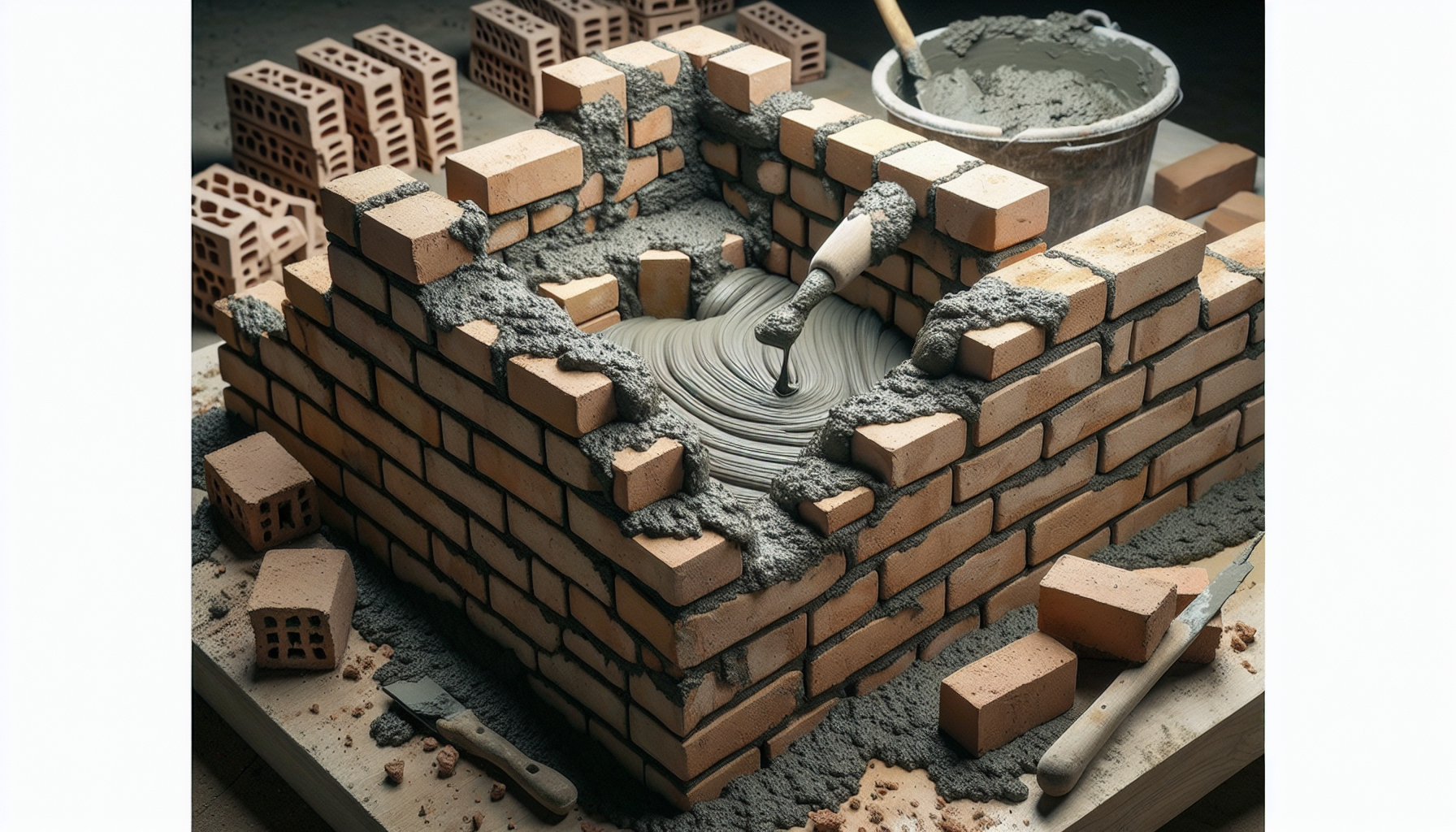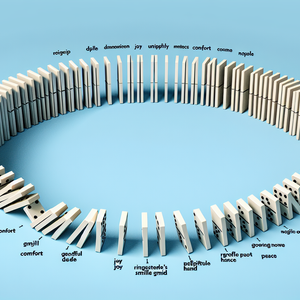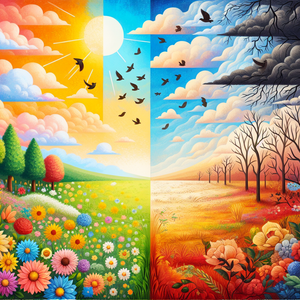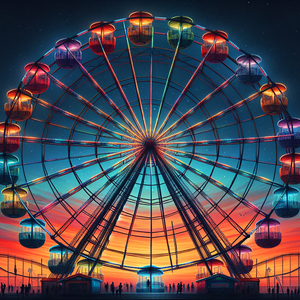Reinventing Yourself in the Creative Economy

The creative economy is an expansive and vibrant ecosystem that spans industries such as art, music, design, film, fashion, and even technology. According to UNESCO, the creative economy contributes an impressive 3% to global GDP and employs millions of people worldwide. It’s not just an economic force—it’s a driver of cultural enrichment and social impact. For PR professionals, the creative economy represents an area ripe for reinvention. Artists, galleries, cultural institutions, and creative startups often need help with visibility, branding, and audience engagement. These organizations may have incredible ideas or talent but lack the resources or expertise to communicate their value effectively. That’s where your PR skills can make a transformative impact.
Freelancing for Independent Artists
Independent artists form the backbone of the creative economy, but many struggle to market themselves effectively. As a PR professional, you can step in as a freelance consultant or strategist to help them define their artistic identity, build their audience, and secure media coverage. For example, imagine working with an up-and-coming painter who wants to break into prestigious gallery exhibitions. Your expertise in branding and storytelling could help them craft a compelling narrative about their work, creating a personal story that resonates with both galleries and audiences. Consider the real-world example of a freelance PR consultant who helped an independent filmmaker transform a niche documentary into a viral sensation. By leveraging social media campaigns, arranging grassroots screenings, and securing press coverage, the consultant amplified the film’s reach and attracted the attention of major streaming platforms. This type of work not only supports independent creators but also allows you to see direct, tangible results from your efforts. Freelancing for artists also offers flexibility, allowing you to build a portfolio of diverse clients while immersing yourself in the creativity of their work.
Partnering with Galleries and Museums
Galleries and museums are cornerstones of the creative economy, but they face challenges in staying relevant in an increasingly digital and diverse world. From navigating digital transformation to appealing to younger, tech-savvy audiences, these institutions need innovative PR strategies to thrive. As a PR professional, you could partner with galleries to help them refresh their public image, promote exhibitions, or engage with new communities. For instance, you might collaborate on a campaign to spotlight underrepresented artists, using storytelling to highlight the cultural and social significance of their work. This not only drives attendance but also aligns the gallery with broader movements toward inclusivity and social impact. Similarly, museums often need help launching large-scale campaigns for new exhibits or events. Take, for example, a museum planning a virtual tour for an exhibit. Your PR skills could be instrumental in generating buzz, securing media coverage, and ensuring the tour reaches a global audience. By aligning yourself with these cultural institutions, you’ll have the opportunity to work on meaningful projects while contributing to the preservation and promotion of art and culture.
Consulting for Arts-Focused Startups
The creative economy is increasingly intersecting with technology, giving rise to arts-focused startups that are transforming the way we create, buy, and experience art. From platforms that sell digital art as NFTs (non-fungible tokens) to apps that connect artists with patrons, these startups are driving innovation—but they often lack the branding and communication expertise needed to succeed. This is where your PR background can provide immense value. You could help an art-tech startup craft a compelling narrative that captures its mission and attracts investors. Or you might develop a marketing strategy that positions the company as a leader in its field, helping it stand out in a crowded marketplace. For instance, imagine working with a startup that uses AI to help artists create custom designs. Your role could involve promoting the startup’s commitment to empowering creators through technology, generating interest from both the tech and art communities. Consulting for startups not only allows you to work at the cutting edge of innovation but also gives you a chance to shape the future of the creative economy.
Adapting to the Digital Landscape
The digital revolution has transformed the creative economy, creating new opportunities for artists and organizations to connect with audiences worldwide. Social media platforms, e-commerce sites, and virtual reality experiences are now essential tools for success—and PR professionals are uniquely equipped to help clients navigate these changes. For example, you could assist an artist in building a strong Instagram presence, using the platform to showcase their work, engage followers, and drive sales. Or you might help a cultural festival transition to a virtual format, leveraging livestreaming technology and digital marketing to reach global audiences. Staying ahead of digital trends is crucial in this space. By embracing tools like social media analytics, email marketing platforms, and SEO strategies, you can position yourself as a forward-thinking partner in the creative economy.
Why Reinvention is Worth It
Reinventing your career in the creative economy isn’t just about finding a new job—it’s about aligning your skills and passions with a sector that values innovation and cultural impact. The work you do in this space has the potential to inspire, uplift, and create lasting change. Moreover, the creative economy rewards core PR skills like storytelling, adaptability, and relationship-building. Whether you’re freelancing for independent artists, partnering with galleries, or consulting for startups, your ability to craft compelling narratives and connect people will set you apart. For those who have experienced an unexpected career shift—such as being laid off from a role like Public Relations Officer at a cultural institution—this is an opportunity to turn a setback into a fresh start.
The creative economy is a vibrant, ever-evolving space filled with opportunities for PR professionals ready to take the leap. By leveraging your communication and branding expertise, you can play a vital role in helping artists, organizations, and startups thrive. From supporting independent creators to consulting for cutting-edge tech platforms, the possibilities are as diverse as the sector itself. If you’re looking for a career path that combines your skills with your passion for art, culture, and innovation, now is the time to reinvent yourself in the creative economy. The future of creativity is bright—and with your expertise, you can help shape it. Take the leap, embrace reinvention, and become a driving force in a sector that enriches lives and shapes culture. The journey may be new, but the rewards promise to be extraordinary.
Arts Marketing Strategist
Arts councils, major museums (e.g., The Met, MoMA), and cultural nonprofits
Responsibilities
Develop and execute marketing campaigns to promote galleries, museums, or creative events.
Build partnerships with cultural institutions and media outlets to amplify reach.
Leverage social media platforms to engage younger, tech-savvy audiences.
Key Skills
Strong storytelling ability and an understanding of art and culture trends.
Proficiency in digital marketing tools, analytics, and SEO strategies.
Experience working with organizations like museums, galleries, or arts festivals is a plus.
Public Relations Consultant for Creative Startups
Art-tech platforms, creative marketplaces, and venture-backed startups like OpenSea or Artsy
Responsibilities
Craft compelling brand narratives for startups at the intersection of art and technology.
Generate media coverage by pitching stories to tech and arts publications.
Create investor decks and marketing materials that align with the startup's mission.
Key Skills
Deep understanding of emerging technologies like NFTs, AI, and virtual reality in the arts.
Ability to work in fast-paced, startup environments.
Strong media relations skills with connections to tech and creative industry outlets.
Digital Content Manager for Cultural Organizations
Major museums, cultural festivals (e.g., Sundance Film Festival), and arts councils
Responsibilities
Manage and curate digital content for museums, galleries, and cultural festivals.
Oversee social media strategy, including livestreaming and virtual events.
Implement email marketing campaigns to expand audience engagement.
Key Skills
Expertise in tools like Adobe Creative Suite, social media analytics, and email platforms.
Strong writing and editing skills tailored to digital audiences.
Familiarity with virtual reality and augmented reality experiences is a plus.
Gallery and Artist Relations Manager
Contemporary art galleries, auction houses like Sotheby’s, and nonprofit arts organizations
Responsibilities
Act as a liaison between galleries and artists to coordinate exhibitions, contracts, and promotions.
Develop PR strategies to highlight underrepresented artists and their work.
Organize community outreach events to increase gallery visibility.
Key Skills
Strong interpersonal and communication skills for managing artist relationships.
Knowledge of art history, contemporary art trends, and cultural contexts.
Experience with event planning and audience engagement campaigns.
Creative Economy Advisor
UNESCO, arts councils, and creative economy think tanks
Responsibilities
Advise governments, cultural institutions, and businesses on policies and strategies to grow the creative economy.
Conduct research on cultural trends and prepare reports that shape funding priorities.
Develop initiatives to support independent artists and creative entrepreneurs.
Key Skills
Strong research and analytical skills combined with a passion for cultural development.
Experience working on policy or grant-writing initiatives within the arts sector.
Understanding of global creative economy trends and their socioeconomic impact.


